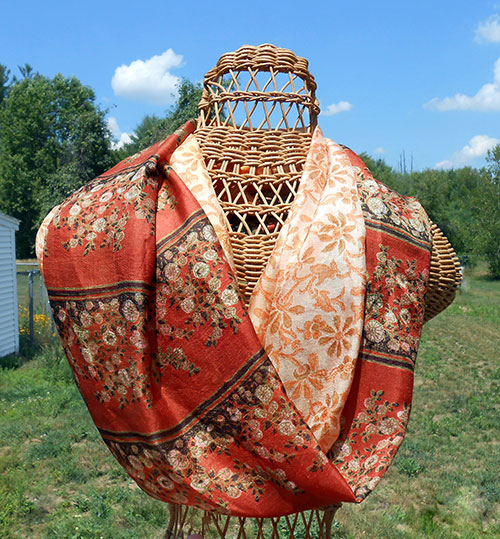Sewing Hacks Tested: Can You "Serge" with Your Sewing Machine Using an Overlock Foot?
When you first get into sewing, you might wonder how to finish the raw edges in your pieces. You don't want them to just unravel and shed everywhere. Ideally, you'd have a serger for that, but sergers are expensive, specialized sewing machines, and you might not be able to get one right away. Instead, you could use an overlock foot with your sewing machine to give your pieces a faux-serged finish. I tested out different stitches on my machine to see which ones created a finished edge closest to serging.
Disclosure: This post contains affiliate links, which means I may receive a percentage if you make a purchase using these links. I only link to things I like and use!
Materials used:
- Overlock foot
- Sewing machine
- Serger
First, I checked out the overlock and overedge stitches offered by my sewing machine. Read your manual to see what stitches your machine has. Numbers 10, 11, and 14 looked promising because they were described as overedge and overlock stitches, specifically for finishing the edges of fabric. I also tried out 17 and 19 because they looked somewhat close to a serged stitch.
This is what the overlock presser foot looks like. This one is a snap-on foot for low-shank sewing machines (most sewing machines are low-shank). You can see that it has a bar in the middle of the foot, so make sure you've set your machine to something other than a straight stitch, or your needle will smash into that bar and possibly break. You'll also want to test out different stitch widths to make sure you have clearance around that bar. I found that 5.0 to 5.5 worked on my machine. Test this out with the hand wheel to make sure you're all set. In fact, I recommend doing the first couple of stitches with your hand wheel any time you switch your presser foot. It's easy to forget to change your settings, and whenever your needle smashes into something, you run a high risk of damaging your machine.
Here are the results of my experimentation. Pin and Ladder stitches seemed to come the closest to a serged edge, but they don't have as much give as the Overedge and Double Overlock stitches, so they might not work as well on knits. For the Overedge and Double Overlock stitches, I made the stitch length as short as I could, but a lot of fabric is still showing along the edges, and will probably still unravel. Pin and Ladder stitch both reduced down to a stitch length of 1.5, which covered the edge very well. Ladder stitch looked best when I reduced the tension a bit. However, it takes a long time and a lot of thread to sew these edges, so you'll have to have some patience.
Here's a close up of true overlock stitches vs. Pin (bottom left) and Ladder (bottom right) stitches.
And a close up of true overlock stitches vs. Overedge (bottom left) and Double Overlock (bottom right) stitches.
You can't get a stitch that is exactly the same as a serged edge, but you can get reasonably close with an overlock foot if you have some time and patience.













